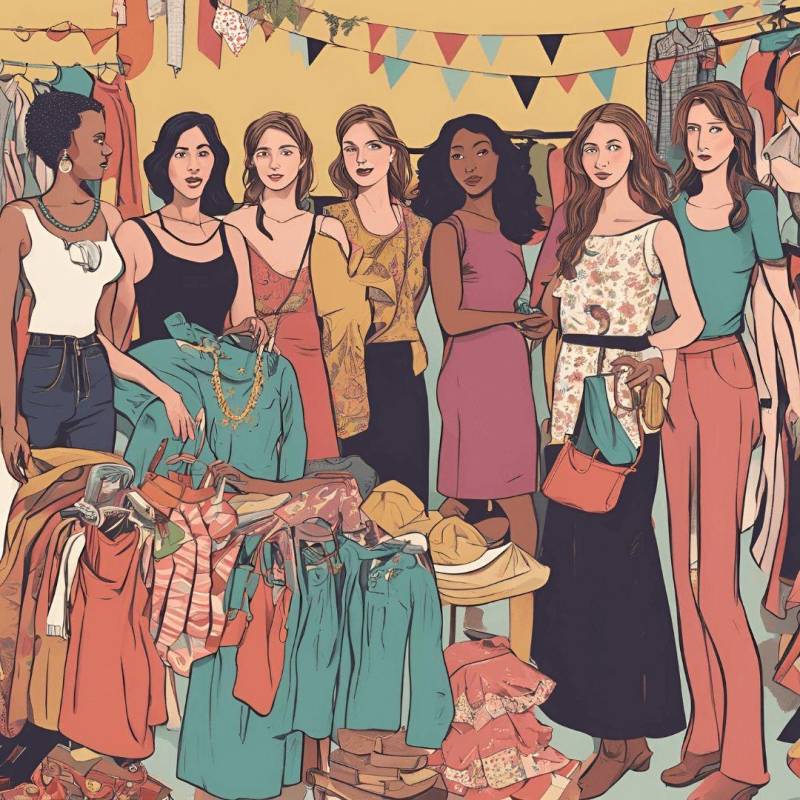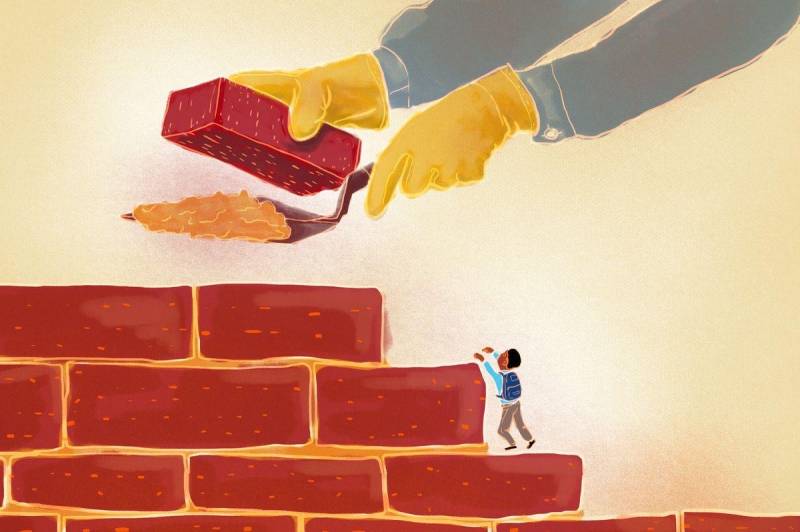Designer Eid, Desi Struggles: How Pakistan’s Eid Campaigns Are Widening the Class Divide

Eid in Pakistan has always been a time of joy, reflection, and community. But in recent years, the run-up to the holiday has increasingly been dominated by glitzy brand campaigns, designer lawn drops, and celebrity-fronted fashion films that feel worlds apart from the realities of most Pakistanis.
Scroll through social media, and you’ll see it. Models in ivory silk gliding through marble mansions. Influencer Eid looks styled like magazine shoots. Price tags that rival a month’s rent. While fashion and celebration are essential parts of our culture, the question begs—who is all of this really for?

This year’s campaigns by top brands like Elan, Hussain Rehar, Sana Safinaz, Farah Talib Aziz, and Zara Shahjahan have drawn particular criticism for their opulence in the face of a national economic crisis. With inflation still soaring and essentials like fuel and food becoming harder to afford for the average family, the portrayal of Eid as a luxury-only experience has never felt more tone deaf. Where once Eid ads celebrated family gatherings, community spirit, and simple joys, many now seem tailored to the elite, often forgetting the diverse socioeconomic landscape of Pakistan.
Brands are spending crores on cinematic visuals, imported fabrics, and high-profile celebrity endorsements, while millions of Pakistanis are scaling back their Eid budgets just to make ends meet. And it’s not just about exclusion—it’s about aspiration sold as necessity. When every billboard screams “new Eid look” and every influencer is posting a third outfit change for chaand raat, the pressure to participate in this curated glamour becomes overwhelming, especially for those who can’t afford to keep up.
It’s time for brands to reflect on what Eid really means in Pakistan. Joy doesn’t need to be wrapped in chiffon and sequins. Real celebration lives in connection, generosity, and faith—things no campaign budget can buy. If brands want to truly resonate, they must move beyond aesthetics and acknowledge the full spectrum of the Pakistani experience.
